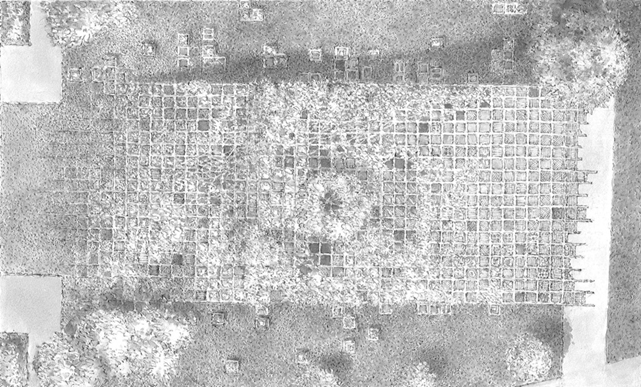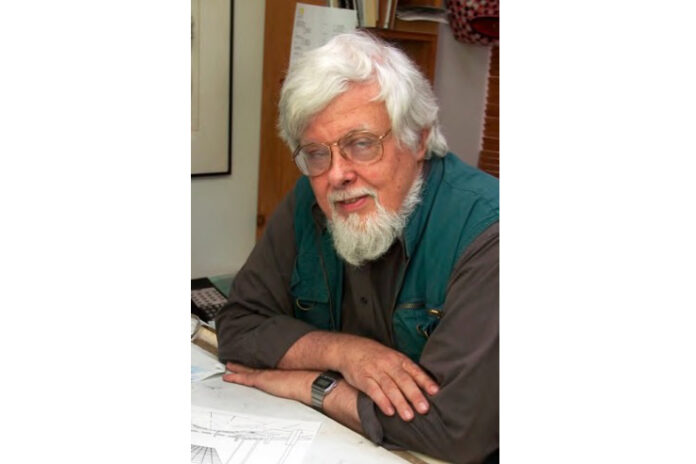A retrospective show
To celebrate the 50th anniversary of SITE (founded by James Wines in 1970), the architect Sergei Tchoban, director of the Tchoban Foundation in Berlin, has organized an exhibition of drawings, about sixty works by the American artist and architect, under the banner of his philosophical principle “Context is a Content”. In organizing the graphic works on display, the author took into account the absorption of the sources of ideas from the environment which, moreover, was also used as a thematic strategy. The exhibition will be inaugurated on November 28, 2020 and will last until March 7, 2021
https://www.tchoban-foundation.de/
All in a light bulb
All James Wines’ work – architecture, art, design, visual design – can be condensed and, in a sense, exemplified, by the “Black Light” bulb, designed in 1991 for Foscarini. It is a normal bulb, hanging from a cable and inserted into a lamp-holder. When it turns on, however, the light is not projected by the bulb, which remains dark, but it is the lamp-holder which lights up.
In this object, a sense of role reversal, of indomitable temptation for reversal, and of amused exchange of the parts predominate on function, utility, economic value and even form. Therefore, James Wines‘ design is a kind of architectural oxymoron, that is, to use his own words, a “reverse room”, a space in which the “above” is only represented by the “below”.
Gulliverian

An overview of the perforated ceiling modules that reach an elevated point of transparency against the sky
The continuous reversal of the point of view makes the overall work of the American architect, with strong roots in Italian culture, an inseparable whole. The broken or shattered buildings, the architectures that compete for space with vegetation, the hybrid forms of the artifacts, claim their own precise payment. This also applies to the labels of








